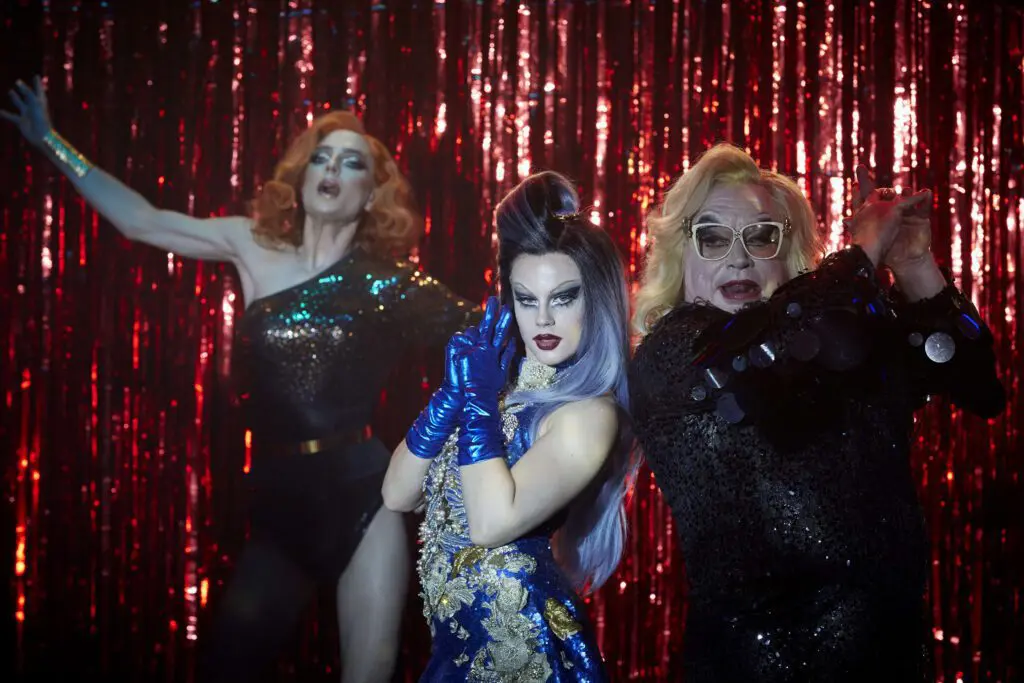Summary
The dance genre keeps on exhausting itself, but Dancing Queens deserves its respect.
At this point, there’s a measure of confidence that Netflix releases a dance film every single month, and it’s no surprise with the genre’s popularity and the ease of storyboarding for a writer. However, the formula is usually the same: a dancer who has suffered a traumatic event seeks a different environment for their art and ends up in a new world that they fall in love with.
The only difference is that Dancing Queens strays away from a romantic subplot and centers the film within the LGBTQ+ genre. Our lead character, Dylan (played by Molly Nutley), is encouraged by her grandmother to follow her dreams a year after her mother’s death. Dylan finds herself cleaning at a struggling drag club and catches the choreographer’s (Victor) eye.
It’s a calm performance by Molly Nutley, who brings a tentative character that is slightly suffering from a life crisis. Dylan represents limbo, where family serves utmost importance, but at the same time, the need to hit the dance floor is compelling. The actor balances that conflict rather well without being too dramatic with the script.
And fans of drag will love the atmosphere in the film; the community, friendship, and togetherness shine through at the drag club. There’s a concerted effort to relay the importance of drag and what it means for the audience and the dancers on stage.
Dancing Queens does not discard the drag club as a subplot for Dylan; it’s the main plot, giving a refreshing story in this world.
Like many films before it, Netflix’s Drag Queen has an appreciation for dance. Dylan and Victor move with a natural output, and it’s fascinating to watch. There are plenty of needle drops in the film, but they are essential, as you can tell by the title.
The dance genre keeps on exhausting itself, but Dancing Queens deserves its respect.
Read More: Dancing Queens Ending Explained




